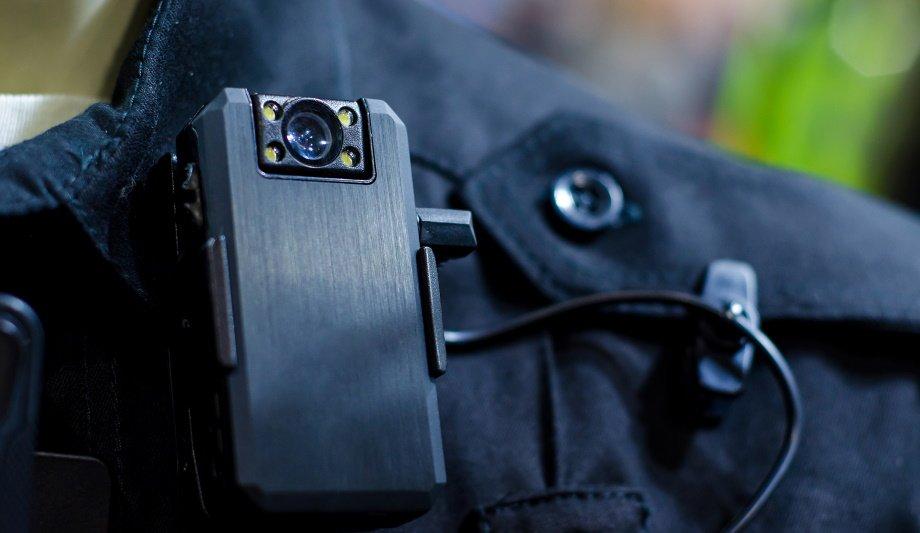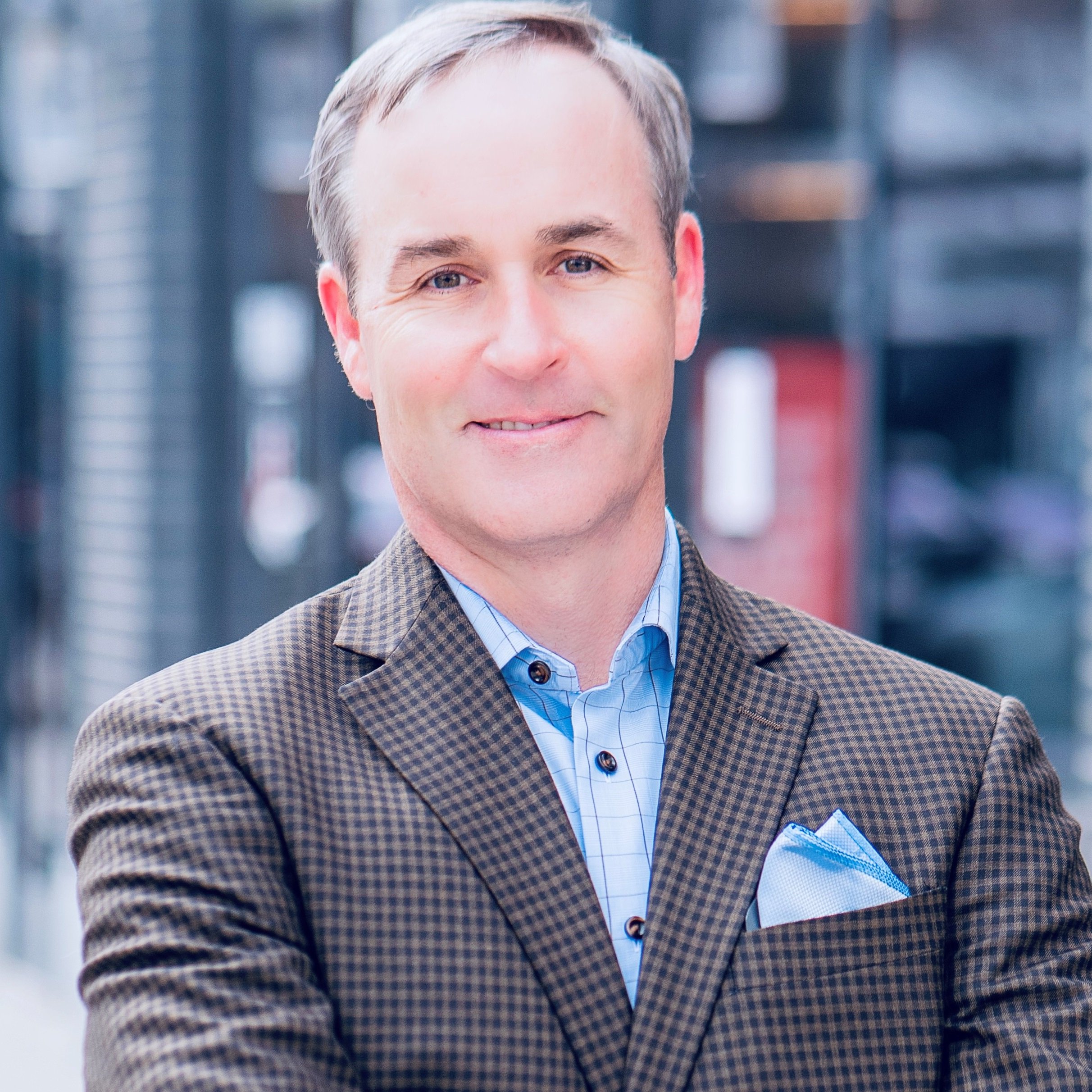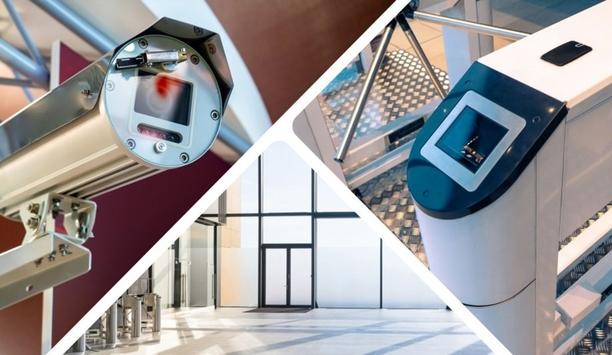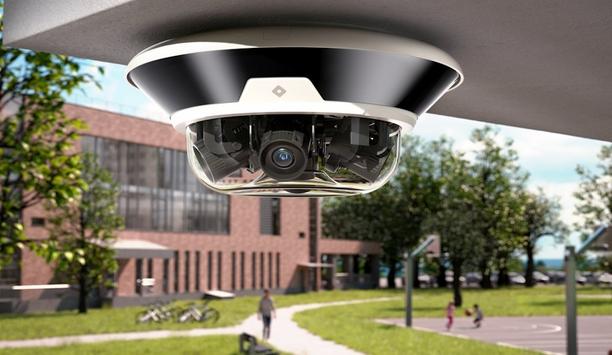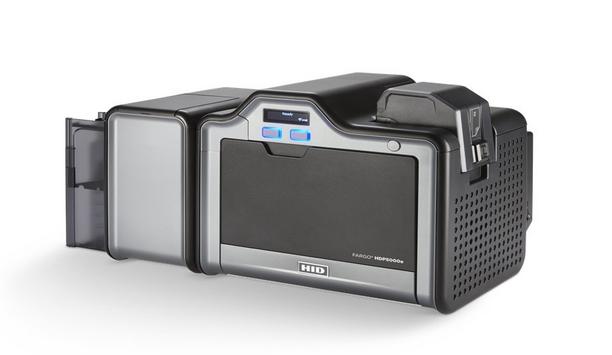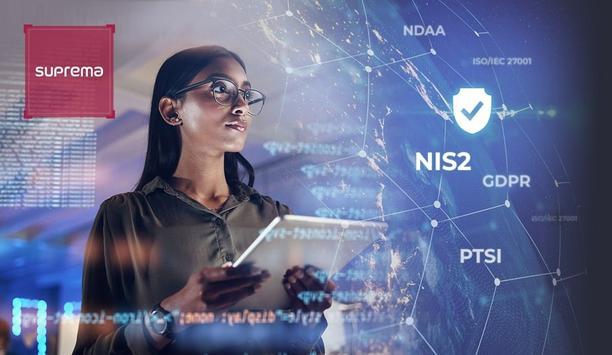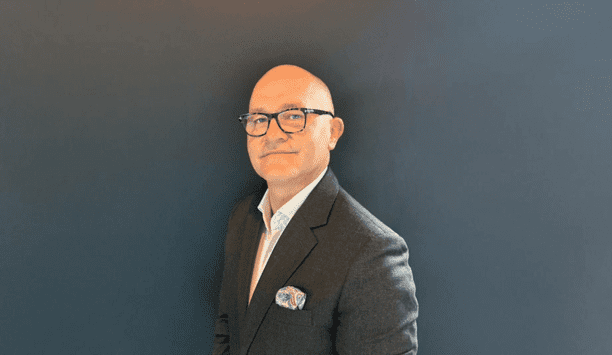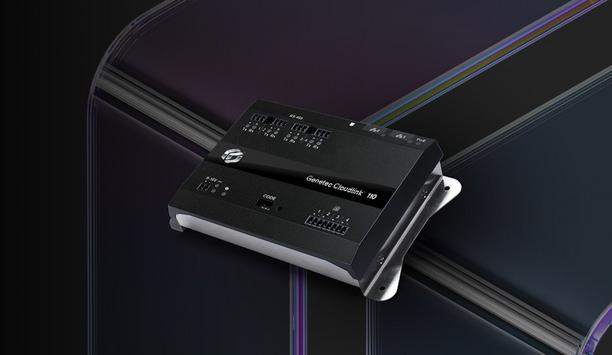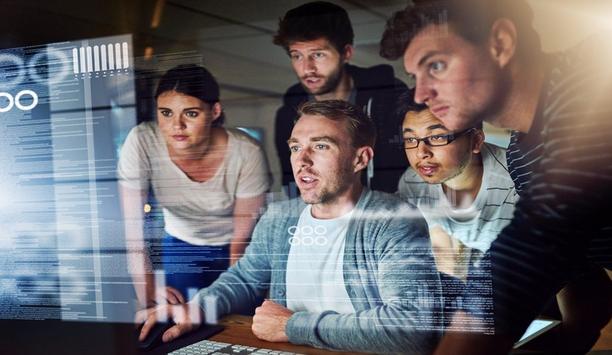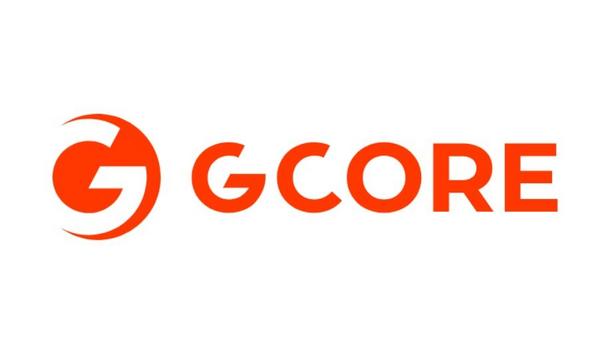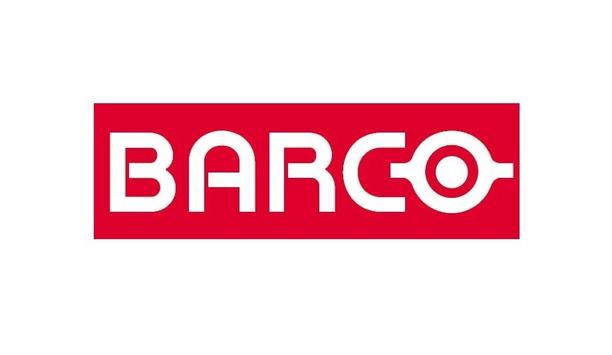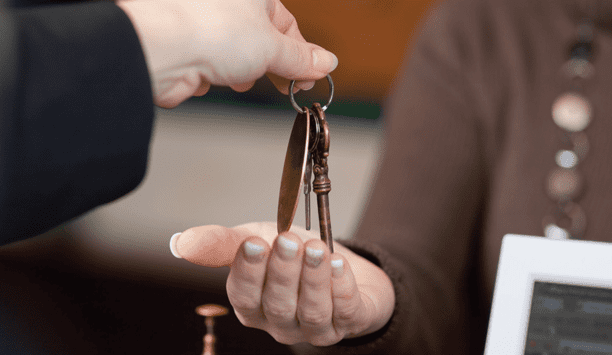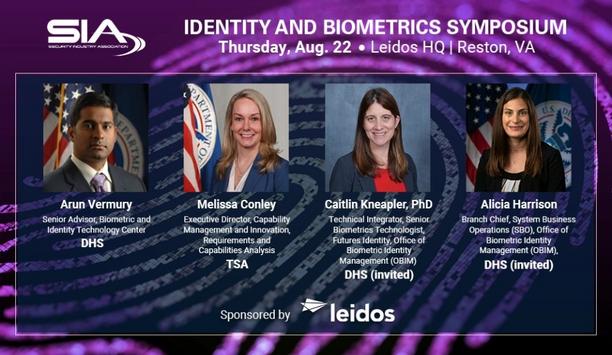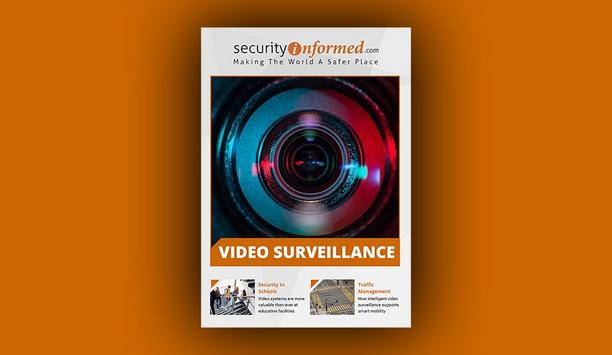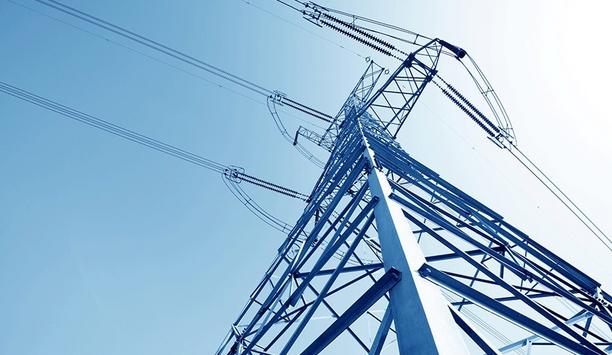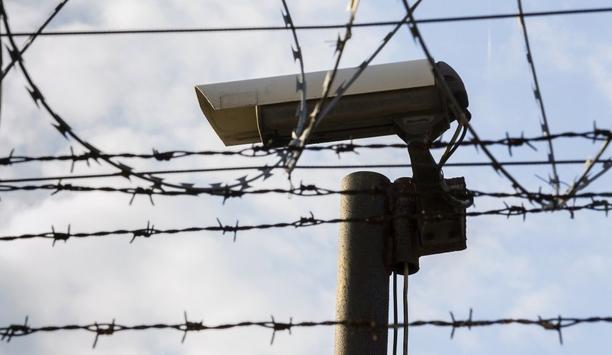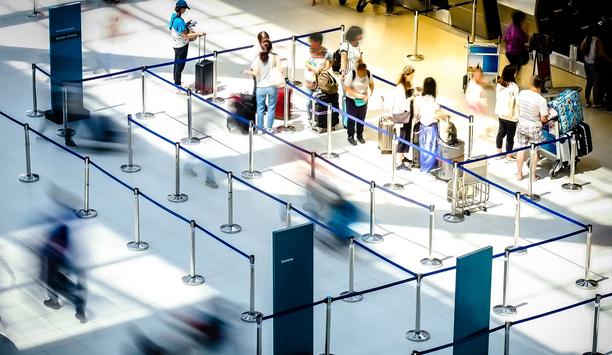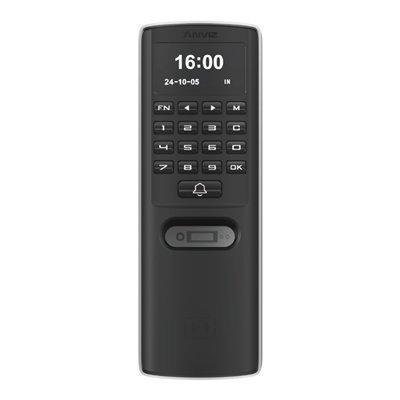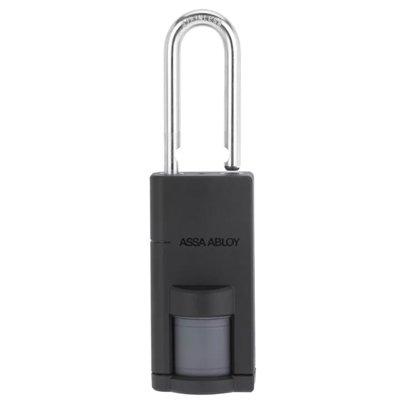How Important Will Body-Worn Cameras Be Moving Forward?
Editor Introduction
The death of Michael Brown at the hands of police in Ferguson, Missouri, in August 2014, highlighted to the public, the importance of body-worn cameras. There was no bodycam footage of the Ferguson tragedy. Arguably, it would have shed additional light on the shooting. Since then, body cameras have become a tangible legacy of Ferguson, Missouri.
Bodycam footage is seen as providing greater accountability and ensuring an impartial record that can support, or debunk, any claims of police misconduct. Body-worn cameras are also finding their way into broader usage, even including customer service applications. We asked this week’s Expert Panel Roundtable: How important will body-worn cameras be moving forward?
When we think of body-worn cameras, law enforcement is likely the first reference that comes to mind. And, while these cameras have been valuable in that setting, the importance of body-worn cameras is growing, as the use cases for the technology expand into industries, such as healthcare, critical infrastructure and transportation. From cutting back on workplace violence incidents in hospitals, to holding drivers and passengers alike responsible for their actions on public transportation, body-worn cameras have made, and will continue to make, a major impact on the future of safety and security.
Many businesses have been forced to operate with reduced staff and adapt their offerings, so as to include new services, such as curbside pick-ups. In times like these, more attention needs to be placed on protecting assets and increasing safety measures for employees and customers. Personal protection devices that include a camera are becoming an increasingly important tool in the security mix. They add another layer of protection for employees, when working alone, for locations with limited or no existing protection, or to expand security coverage outside a business’ building. These devices can be worn on a lanyard, belt, vest, jacket, or pants. A single push of a button can provide near real-time images, two-way voice communications, user profile data, man down and hard fall detection capabilities, and geo-location data sent directly to a professional monitoring service that can immediately assess the situation, intervene, and deploy the appropriate emergency response.
Body cameras protect the rights of both parties, the officer/guard, and the subject. They provide an additional point of view on what happened, so we can come to resolution faster and provides accountability. They help build a single version of the truth, which is more important now than ever before in a world with so much controversy and when people’s lives are at stake. In the areas of safety, such as fire prevention, environmental, health and safety, etc. video would be too expensive, because so many employees play a role. If staff must physically put their hands on something or visually inspect it, to ensure our safety, we still need a single version of the truth, but unfortunately it doesn’t exist with today’s methodologies. So, I believe the future is in a single version of the truth for all aspects of safety, with body cameras being one component.
The market for body-worn cameras has grown exponentially during the last few years and is expected to continue to grow, to an expected US$ 1,506.9 million by 2025, according to a recent report by Industry Research. This growth will be fuelled by increasing demand in the law enforcement sector, supported by legislation. But, we will also continue to see an increase in other applications, such as personal protection devices for lone workers, hospital workers, parking enforcement officers, school resource officers, correctional officers, and more. With the ever-increasing volume of video evidence generated by body-worn cameras, and other security devices, organizations need to ensure that they have the systems in place, to manage this data efficiently. With an open systems solution, they can efficiently manage the increased volume, complexity and variety of data available in their investigations, without being locked into a proprietary solution, while utilizing on-premise storage, if they desire and migrate to the Cloud, when and if they are ready.
Body-worn video is now critical for reducing threats, violence and complaints against safety professionals, and other users. The primary reasons for using body-worn cameras are to increase the safety of frontline workers, by de-escalating confrontations and for the gathering of impartial, accurate evidence that can be used to educate, inform, or prosecute. It also improves policy and transparency, in terms of relationships with the public, while also reducing offender complaints and speeding up the administration of justice. Public accountability is a key driver behind the use of body-worn video (BWV), as footage can help officials dispel negative portrayals of police actions. The camera acts as an independent witness to an officer’s actions and interactions, and can dramatically alter public perception of an event. This can be particularly useful, when it is the word of an officer against that of the alleged victim, as the BWV can be utilized as an independent witness of sorts. By recording and presenting actual footage, the police can counter such negative propaganda, by showing the full lead-up and after action of a dynamic event, rather than just a few seconds of video.
Editor Summary
A video posted on YouTube may not provide the best documentation of a policeman’s interaction with a member of the public. Bodycams provide another tool to document the actions of police – for better or worse. The unblinking eye of a body-worn camera can also increase accountability in a growing number of ‘civilian’ applications. As new ways of managing bodycam video emerge, the future of the technology for a variety of applications is beyond doubt.
- Related categories
- IP cameras
- IP Dome cameras
- View all news from
- Axis Communications
- Genetec, Inc.
- Interface Systems LLC
- Audax Global Solutions Ltd.
- Zendelity
Expert commentary
Security beat
Security bytes
- Getting To Know Dan Grimm, VP And General Manager Of Computer Vision At RealNetworks
- Big Wins And The Importance Of Showing Up: Insights From SecurityInformed.com Editor Larry Anderson
- Setting Goals, Business Travels And Radioactivity: Success Secrets From Tiandy's John Van Den Elzen
- Getting To Know Jeff Burgess, President/CEO At BCDVideo
Healthcare security articles
Rapid technological advancement, artificial intelligence (AI) and machine learning (ML) are revolutionizing traditional on-premises video security systems. These next-level tools are not just enhancin...
Milestone Systems, a global pioneer in video technology, is at the forefront of the video security industry, emphasizing responsible technology innovation across its operations. The company will host...
ASSA ABLOY Opening Solutions returns to Global Security Exchange (GSX) for 2024's powerhouse get-together of security professionals from around the world. Digital access control Attendees can visit...
As the backbone of community welfare, healthcare facilities cater to crucial public needs from emergency care to specialized medical treatments, and due to its position as a significant facet of the w...
Rhombus, a pioneer in cloud-managed physical security, announced the availability of two additions to its comprehensive lineup of security solutions: the R600 Multisensor Camera and the E50 Envir...
HID®, a worldwide pioneer in trusted identity solutions announces the launch of the next-generation FARGO® HDP5000e designed to deliver vibrant, high-definition cards and IDs. HID's Isaac You...
Suprema, a global pioneer of AI-based security solutions, announces that its products and services are fully compliant with the latest global data protection regulations and security certifications.&n...
Cyber resilience research commissioned by Cohesity, a pioneer in AI-powered data security, reveals the true cost of ransomware to finances and business operations and why overconfidence may be the cau...
Genetec Inc., a pioneering technology provider of unified security, public safety, operations, and business intelligence solutions, announced the launch of Genetec Cloudlink™ 110, the lates...
i-PRO Co., Ltd. (formerly Panasonic Security), a global pioneer in professional security solutions for video protection and public safety announced the establishment of a comprehensive AI governance f...
Gcore, the global edge AI, cloud, network, and security solutions provider announced the launch of Gcore WAAP, its end-to-end web application and API protection solution. Gcore WAAP Leveraging advan...
Barco, a global pioneer in visualization and collaboration solutions, is proud to announce its pivotal role in shaping the visitor experience for the Belgian pavilion at Expo 2025 in Osaka. Bar...
King Faisal Specialist Hospital & Research Center (KFSHRC) is at the forefront of the healthcare AI revolution. Since 2019, the hospital's dedicated AI center has been developing innovative applic...
Convergint, a global pioneer in service-based systems integration, today announced that it has acquired Esscoe, a premier provider of mission-critical security and fire and life safety systems in the...
Huffmaster Management (Huffmaster), the provider of choice for Fortune 500 companies seeking strike services, industrial and healthcare staffing, security services, and more, announced the intern...
The Security Challenges Of Data Centers
DownloadSecurity Practices For Hotels
DownloadAccess Control System Planning Phase 2
DownloadSIA Identity and Biometrics Symposium
DownloadVideo Surveillance
DownloadClimax Technology TouchPanel-3
Anviz M7 Palm Biometric Access Control
ASSA ABLOY Aperio P100 Padlock
